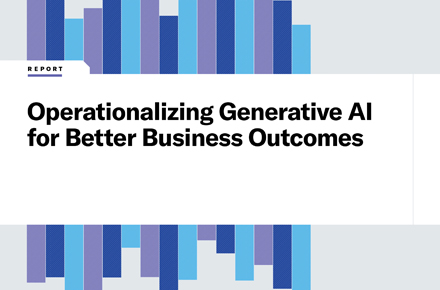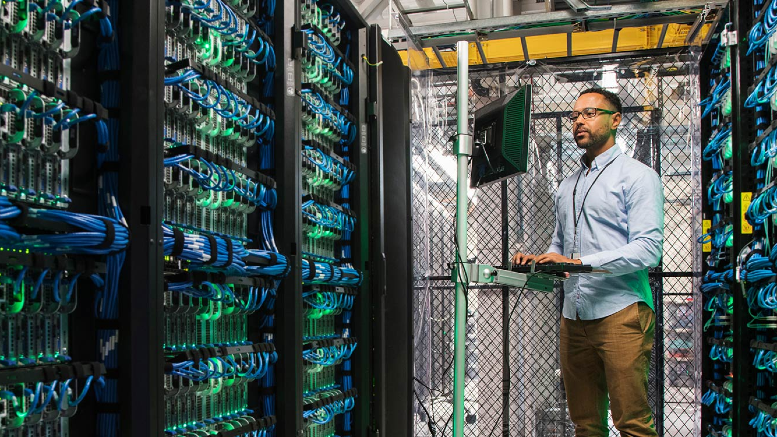Short on time? Read the key takeaways:
- With the rise of collaboration tools and digital workplace initiatives, companies need to manage data sprawl by democratizing lifecycle management in the following three ways.
- Governing your digital workplace creation through policies and restrictions.
- Requiring periodic review and attestation of your digital workspace.
- Simplifying your records retention to streamline usage.
With the rise in collaboration tools — such as Microsoft Teams, Zoom and Cisco Webex — and increased attention toward digital workplace initiatives, organizations are looking for ways to stop the data sprawl.
But that does not mean deleting everything you don’t use. Knowing what should be deleted and what should be retained is a nearly impossible task. Yet, IT and InfoSec often shoulder the responsibility of building one-size-fits-all information governance policies for their organizations.
IT and security stakeholders understand that information governance — including lifecycle management and records management — is a key step for mitigating risk and improving end-user experience; people shouldn’t have to sort through decades of context and content when searching for information. But deciding what to retain is overwhelming because of the sheer amount of data involved, and one-size-fits-all policies do not work.
The best way to address the source of the problem is to democratize lifecycle management. Move the lifecycle management decisions closer to the business and away from InfoSec and IT. Empower business users and leaders — the people closest to the content and collaboration and have lifecycle management training, tools and support — and engage them often.
The end goal is that the remaining files have a clear history of accountability regarding who retained that content and, more importantly, the business rationale explaining why it was kept. Let’s explore three ways you can democratize your organization’s lifecycle management.
Three ways to democratize lifecycle management
1. Govern digital workplace creation
Modern collaboration platforms, such as Microsoft Teams or Slack, have democratized the creation of workspaces; they are designed so that any user in your organization can create as many digital workplaces as they need, as often as they need them. Gone are the days of IT–managed file servers and file shares.
This is a challenge because the more workspaces that exist, the more rapidly content sprawls and the more lifecycle management decisions need to be made. To address these challenges, CISOs must create policies that restrict who can create workspaces and establish standardized approval processes. It’s essential to capture and retain several pieces of metadata in the process, such as:
- What the digital workplace will be used for (project code, corporate initiative, product ID, etc.)
- For how long should the content and conversations be retained from the creation date? Allow the business to choose from a limited number of options established.
- Which person is responsible for managing the content in the workspace and making lifecycle management decisions? Who is the primary owner? Often, it is the person creating/requesting the workspace, but not always. Track this separately from the workspace membership and ownership.
2. Require periodic review and attestation of the digital workspace
Maybe a digital workplace was created for a long-term project planned to last at least two years, but your collaboration analytics platform has uncovered that the workspace hasn’t been heavily used for six months. Suppose you retained metadata for the primary owner. In that case, you could contact that person and have them decide if the digital workplace needs another owner or should be archived, deleted or maintained.
The power of tracking a single accountable person lies in knowing whom to contact, even if they no longer own the workspace or participate in the team. If they’ve left the company, their prior manager can be identified to answer any questions about the workspace. Larger organizations and small but highly collaborative organizations can benefit from investing in automation to monitor usage and communicate with workspace owners at scale.
3. Simplify records retention
Most organizations treat collaboration digital workplaces as “transitory collaboration” solutions and have a more formal repository for important records. However, if the effort required to shift content into a records storage location is too taxing or confusing, end users won’t comply, leading to data loss or sprawl. To help prevent this, CISOs should provide periodic reminders about records retention expectations and invest in training and business automation, where necessary, to improve and streamline the end-user experience.
The primary goal of collaboration governance is to strike a balance between streamlining the end-user experience and securing your enterprise data, thus earning end-user trust and participation while mitigating business risk. Make lifecycle management easy for your business users. Target workspaces instead of specific files for your governance policies where possible and empower business users and leaders to make decisions within the parameters established by IT and InfoSec. With these processes in place, future IT leaders won’t have to make uninformed decisions about what to do with the files being created today.
As we move into the digital workplace era, it’s the modern CISO’s responsibility to abandon legacy collaboration governance ideas and embrace the democratization of collaboration.
Explore how to manage, optimize and secure collaboration platforms from a centralized dashboard with PowerSuite.
Learn more




















